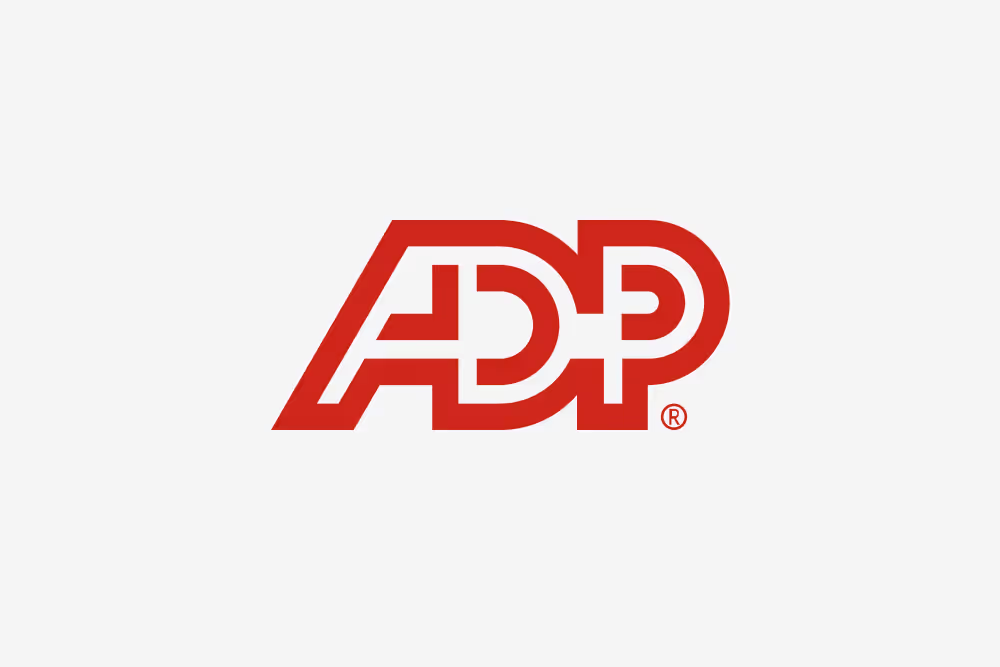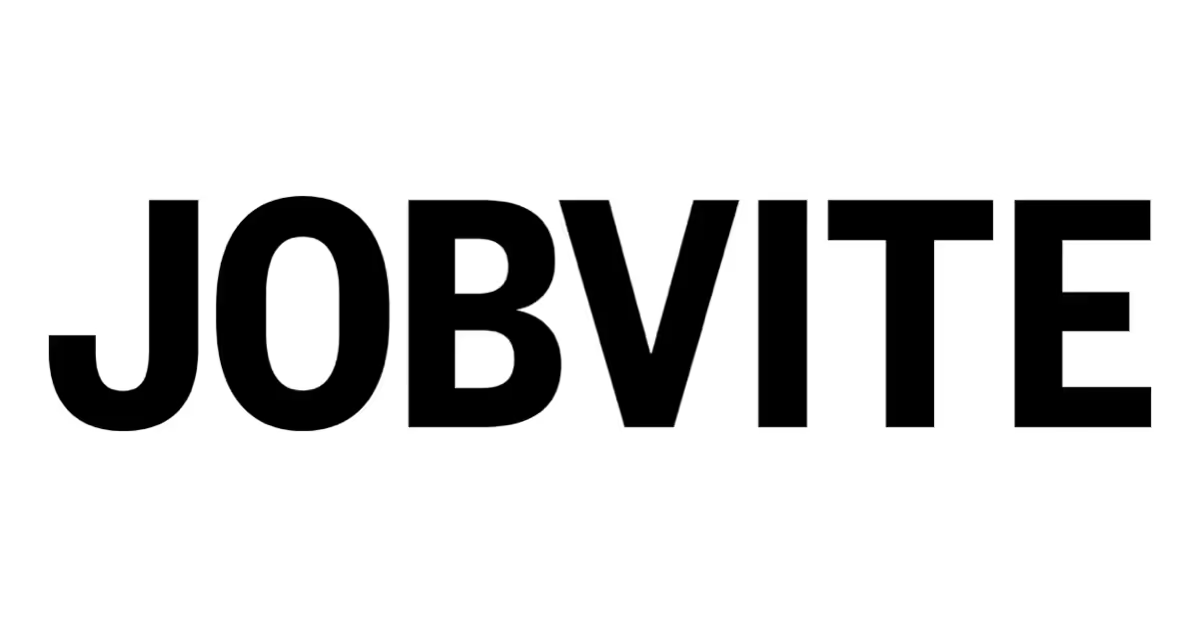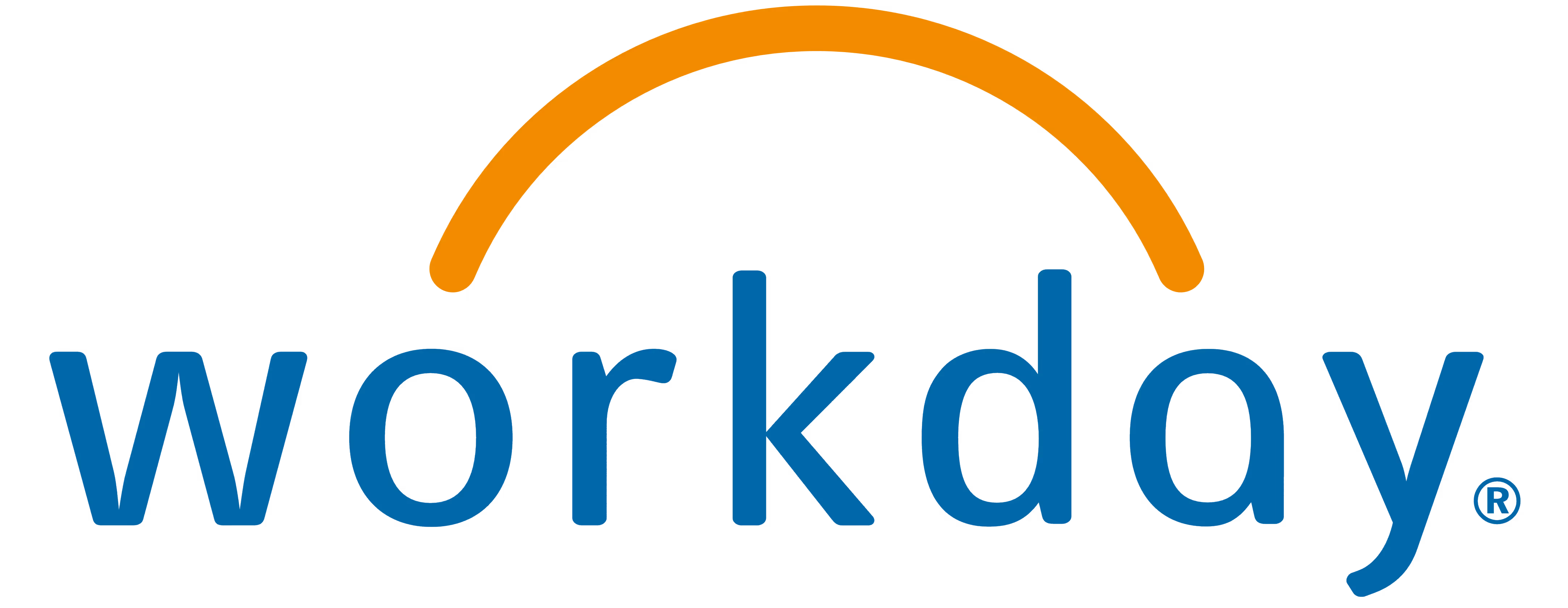How to Make the Most of Candidate Screening Software in Hiring
Make the most of candidate screening software to maximize your hiring efficiency. Explore how traditional and modern AI-driven tools help you find the best talent faster and more accurately.
.avif)
Make the most of candidate screening software to maximize your hiring efficiency. Explore how traditional and modern AI-driven tools help you find the best talent faster and more accurately.
Before we get right into today’s topic, we would like to highlight a statistic that speaks volumes about our modern job market: 75% of job seekers feel applications disappear without feedback.
And it’s not just job seekers who feel the pressure. On the recruiter’s side, the average job posting receives around 250 applications. Research has also shown us that one of a recruiter’s biggest challenges is receiving enough candidates. Candidates who have the ideal skillsets and relevant qualifications to be specific. Companies anticipate high volumes of applications for many roles but are often facing the frustration from resources lost due to time spent reviewing those who are unqualified. Both recruiters and candidates often feel that opportunities are lost, with recruiters having trouble matching the right talent and candidates feeling like their applications go unnoticed.
There is already a lot of pressure in managing large pools of talent, and it’s very common for businesses to seek solutions that make their workflow less overwhelming and still provide an equal opportunity, like candidate screening software. By the end of this article, we hope you feel more confident about scaling candidate screening with traditional and modern software.
What is Candidate Screening Software
By the time a job becomes available, it can instantly start accumulating an impressive amount of interest. In a very brief period, too, and applications can quickly expand into the thousands. The way we work has also changed a lot, and things start to multiply even more when you are advertising remote jobs. In any case, you may frequently find that what you initially expected has been far exceeded. It also creates a highly competitive environment for candidates.
Having more people apply by the hour is such an exciting sight to see because it means that you have done a successful job at generating momentum.
However, when you have so many applications to go through and review, how do you make sure you’re reviewing each one carefully and still picking the best candidate for your team or clients with the best use of your time? One of the methods for screening candidates to better approach volume hiring assessments is with candidate screening software.
Here’s a little bit of history:
A little before the early 2000s, it became evident to businesses that they needed a more organized way to process job applications. The first generation of candidate screening tools acted more like a digital filing cabinet that could store and sort resumes. This created a bigger impact compared to manual sorting since many were relying on personal judgment and were limited by the human capacity to process information. They have since advanced with more features for better analysis and action.
Types of Candidate Screening Software
There are various types of candidate screening software. Some applications offer a combined approach in one environment or just have a separate focus. Each of them is built to handle a decent portion of a company’s candidate qualification tasks and help with overall talent management.
- Applicant Tracking Software (ATS):
- Keeps all your candidate information in one neat place
- Tracks where each candidate is in the hiring pipeline
- Manages multiple job postings at the same time
- Tools for Resume Parsing
- Turns messy resumes into clean, organized profiles
- Pulls out key details like work history and skills
- Can work with different resume formats
- Keyword Matching Systems
- It searches for important job related keywords
- Ranks applicants based on keyword alignment
- Quickly point you toward the most relevant candidates
- Skills Screening Assessment Tools
- Standardized questionnaires specific to job roles
- Multiple choice knowledge tests
- Basic skills evaluation surveys
- Pre-employment screening questionnaires

How Does Candidate Screening Software Filter Candidates?
This technology helps recruiters manage and sort through a larger number of job applications through different categorization filters. The system goes in and looks for specific qualifications, keywords or certain phrases that are relevant for your open role. In these systems, they mainly depend on preset rules or algorithms to assist recruitment professionals.
So, let’s say you’re hiring for a senior marketing manager and you have finished uploading your candidates’ resumes and cover letters. The software would then be told to look for keywords like “marketing strategy”, “bachelor’s degree”, or “campaign” from the provided candidate information. The filtering mechanisms that they provide can include:
- Resume Parsing: It takes the raw details from a resume and arranges them in an accessible format where details are easily searchable and easy to revisit
- It extracts the key information and displays your candidates in a clean view (e.g. side by side):
- Professional skills
- Educational background
- Work history
- Contact information
- It extracts the key information and displays your candidates in a clean view (e.g. side by side):
- Qualification Filtering: It’s helpful for looking for things like the right degree (or related), relevant certifications, credentials, or specific years of experience.
- Degree levels
- Field of study
- Institution credibility
- Years in a specific role
- Keyword Matching: It looks for words in resumes that tell you if a candidate has the skills and experience needed
- Retail Staffing
- Example for a store manager: Looking for terms like “inventory management,” “customer service,” “staff supervision,” “sales,” and “store operations.”
- Contract Gig Roles
- Example for a ride-hailing driver: Searches for keywords like “contract gig,” “ride-sharing,” “customer service,” “GPS navigation” and "ride ratings”
- Retail Staffing
What Are The Benefits and Features of Candidate Screening Software?
There is a reason why so many companies use software for better candidate screening. Let’s run through the top benefits that recruiters love the most about them.
- Efficiency in Handling High Volumes of Applications: These tools make it more efficient to find the top candidates from larger pools
- Better Organization and Accessibility: Having all candidate data housed in a convenient place makes reviewing the information you need incredibly easy to access
- Lowering Errors: Less chance for mistakes or missing details means you can trust your decisions more and feel good about the candidates you select to move forward
- Scalability for Growing Organizations: These tools adjust as your business expands, so you’re always equipped to handle growing quantities of applications
- Time and Cost Savings: Resources are less spent on unqualified candidates since it allows for a clearer view of what would bring the highest value
- Customizable Filters for Specific Roles: Identifying skills further through filters quickly gets to what you need in a worker. Additionally, if your roles change, you can update them to reflect your new requirements.
- Consistent Screening Process: Once you provide your input, the screening process applies the same criteria to every candidate, and you can rely on the systems to find what you’re looking for in particular.
Common Traditional Candidate Screening Software Used By Recruiting Agencies
There are several well established software solutions that have been used by recruitment agencies for many years. Their continued use, even as new technologies emerge, speaks to their reliability and effectiveness in the industry. Below are a handful of the most popular options that have been trusted for candidate screening:
1. Taleo (by Oracle) Learn more about Taleo by Oracle
Taleo has been around for a long time and is one of the most widely used recruitment tools. It is especially popular with larger companies and recruiting agencies that handle high volumes of job applications. Taleo’s strength lies in its candidate screening capabilities, where it helps recruiters filter candidates based on specific criteria such as keywords, skills, and experience. Over time, Taleo has added new features such as sourcing, interview scheduling, and analytics. Visit their website to learn about these advanced features, including talent pooling and candidate engagement tools.

2. Kenexa (by IBM) Learn how IBM Kenexa helps attract and retain top talent
Kenexa was a popular tool in the early 2010s for recruitment before it was bought by IBM, expanding its reach in the HR technology space. For fast candidate screening, it has customizable questionnaires, resume parsing, and keyword-based searches. Since being acquired by IBM, Kenexa has added more features, such as social media integration for sourcing candidates and advanced assessments like questionnaires. IBM has expanded its features to include talent management and analytics.

3. ADP Recruiting Management Learn more about ADP Recruiting Management
ADP is best known for its payroll services, but it also has a recruiting management tool that helps agencies with the hiring process. While its focus isn’t just on screening, it does offer some useful features such as pre-screening questions, resume parsing, and ranking candidates. It also has strong resources to make sure your hiring process follows legal rules, which is important for many companies.

4. iCIMS Explore iCIMS talent acquisition platform
iCIMS continues to be a leader as an ATS system, especially in the early 2010s when it gained a lot of traction with large organizations and mid-sized companies. It offers pre-screening questionnaires, resume parsing, and customizable workflows. In addition to screening, it integrates with skills testing and other assessment tools to help agencies evaluate candidates more thoroughly.

5. Jobvite Explore Jobvite's recruitment platform
Jobvite is a recruitment platform appreciated by users for its focus on improving both the recruiter and candidate experience. It has tools for candidate screening, including customizable screening questions, automated resume parsing, and candidate ranking. One of the features that stand out from Jobvite regarding remote recruitment tools is its video interviewing functionality. This lets recruiters connect with candidates remotely. It also has candidate engagement tools to keep candidates in the loop and engaged throughout the recruitment process.

6. Workday Explore Workday for enterprise hiring
Workday is an HR platform known for its recruiting module, which does have candidate screening features like customizable pre-screening questions and resume parsing. It’s unique because it integrates well with other HR systems, offering a complete solution for managing everything from hiring to employee performance. Larger organizations that need a system to manage recruitment and other HR functions favour it.

These tools have been trusted for many years and have advanced since to play an important role in making recruitment easier, and helping recruiting teams do their work.
The Limitations of Traditional Candidate Screening Software
There are things that these tools can’t do, though. Traditional candidate screening software has been valuable over the years, but it struggles to capture the full range of qualities that modern recruiters need to identify in top candidates.
- Limited Context and The Downside of Keyword Matching Systems: It tends to fixate on certain words, without considering how they relate to the overall context.
- Overlooking Soft Skills: They don't offer much help in evaluating how a candidate will collaborate with your team or respond to particular situations.
- Slow Processing and Missed Candidates: A great deal of manual intervention is still required. Candidates might express their skills or experience in ways that don’t match the system's criteria, thus, they risk being dismissed. There is also the chance of talent tailoring their resumes with specific keywords just to pass the system’s filters, leaving the true potential of their abilities unrecognized.
- Scalability Challenges For Growing Teams: These tools are great at managing a moderate flow of candidates, but they may fail to keep up with the higher volume that comes with business growth. Therefore, resulting in slow screenings and the risk of overlooking top talent.
- No Instant Feedback: Traditional screening systems generally don’t give you real-time data to track how well your hiring process is going. Without getting instant feedback, it makes it tough to see what might be slowing things down or where improvements could be made.
- Data Without Actionable Insights: These systems provide helpful data, but it can often be quite surface level information. For example, you might see that a worker has the right keywords in their resume or meets certain qualifications. However, this data alone doesn’t tell you how well they will actually perform in the role or how they compare to other candidates in more subtle ways. The qualifications and numbers are there, but you need more context to make more informed decisions.
AI vs. Traditional Methods: Which Screening Solution is Right for You?
Over the years, there have been many innovations in recruitment technology. Traditional screening software remains incredibly relevant and is the preferred choice for many organizations. On the other hand, the significant rise in application volumes, coupled with the increasing complexity in the types of candidates needed, has led many companies to turn to artificial intelligence solutions that can facilitate and accelerate the recruitment process while addressing these modern challenges.
Understanding AI candidate screening, and the key differences of traditional screening software can help guide your decision. It’s important to remember that success often lies not in choosing one over the other, but rather in finding the right combination or flow that meets your organization's specific needs while preparing for future growth and changes in the recruitment landscape.
The Perks of Switching to AI Candidate Screening
If you are considering a transition to screening solutions with AI capabilities, organizations like yours can expect several significant advantages:
- Advanced Pattern Recognition
- Better at identifying strong candidate profiles
- Continuously learns from past hiring data (historical data) to improve decisions
- Matches candidates more accurately to job requirements
- The system can identify talented candidates who might be overlooked by traditional methods
- Enhanced Productivity
- More automations, and faster processing of large application volumes
- Automated initial screening and ranking with more granular insights for fast decision making
- Reduced time-to-hire
- More consistent and detailed evaluation processes
- Optimized Candidate Experience
- Faster processing of applications reduces wait times and status updates for candidates
- Smarter job matching to the right opportunities
- Reduced bias in initial screening with objective insights
- Better Data for Stronger Analysis
- Talent acquisition analytics that predict which candidates are most likely to succeed based on data
- Real-time updates on the hiring process to track progress instantly
- Clearer reporting on metrics and how well the hiring process is working
- Automatically provides data-backed decision making support
How to Choose the Right Candidate Screening Software for Your Business
Whether you choose to work with traditional or modern solutions, it’s critical to start by taking a look at what your team needs to succeed.
Are you used to having hundreds of applications every week or just a steady flow for specialized roles? You’ll want to assess your:
- actual hiring volume,
- the types of positions you're filling,
- and any industry specific requirements that might influence your choice. And of course, the money you have available to allocate will help guide your choice, since different options have varying costs for both the solution and its implementation.
Also, consider your organization's technical needs. The solution should work well with your existing systems, like HR software or email platforms. Make sure it meets data security and compliance standards, especially if you're handling sensitive information. Think about how your team will use the software as well – it should be easy to navigate and device friendly for quick access.
Implementation should be a priority like the level of training your team will need to use the software effectively. The timeline regarding deployment should match your organization's recruitment needs. You’ll also need to assess the support the vendor offers and ensure the solution can scale as your company grows.
Look at the features that directly affect your screening efforts. Make sure it can adapt to specific job requirements, company culture, skill assessments etc. There's no need to pay for complex features you'll never use.
Take advantage of free trials and demos. Pay attention to how it feels to use it, because if it's frustrating during the trial, it likely won't get better once you buy it.
90% Less Time on Screening, 100% More Candidates to Choose From
As technology has progressed, the tools available to help with hiring have become more effective and easier to use. When you make the most of your screening software, you can save valuable time to get an even broader and better pool of candidates to choose from.
If you’re interested in exploring modern recruitment solutions, start by using HeyMilo’s AI Interviewer today with a free trial and 10 free AI interviews. Get a feel for how the AI candidate screening system works and see the impact it can have on your recruitment process.
We’re here to help if you need any support along the way! Begin your trial and see how much more efficient your hiring process can be.
Yes, when it comes to interviews, we utilize an active proctoring layer, an AI-classifier, and more to detect cheating. We provide a trust score that indicates the likelihood of cheating.
Candidates are appreciating the ability to go beyond their resume and interview in a more interactive/adaptive manner compared to one way video interview software. We also have an average candidate satisfaction score of 4.6/5 - which highlights HeyMilo's conversational AI.
Questions can be configured with an objective evaluation criteria - so candidates are evaluated the way your recruiting team currently evaluates candidates.We additionally run 3rd party bias audit checks so with HeyMilo, you're leveraging ethical AI.





.webp)
.png)

%20(1).png)
%20(1).png)